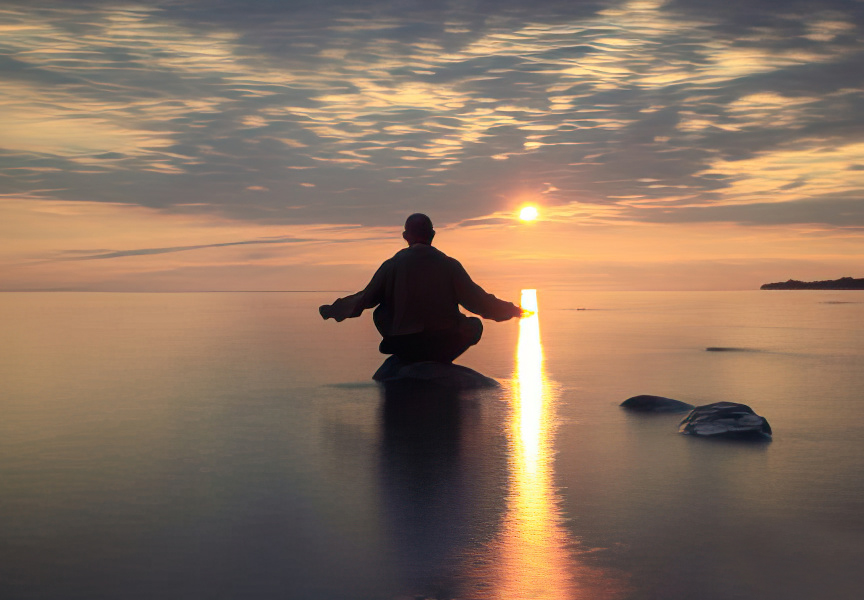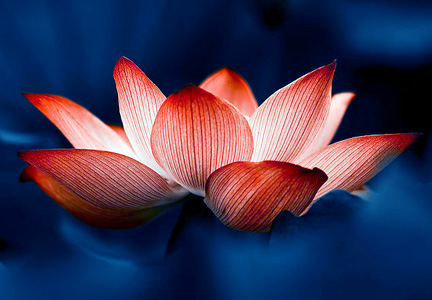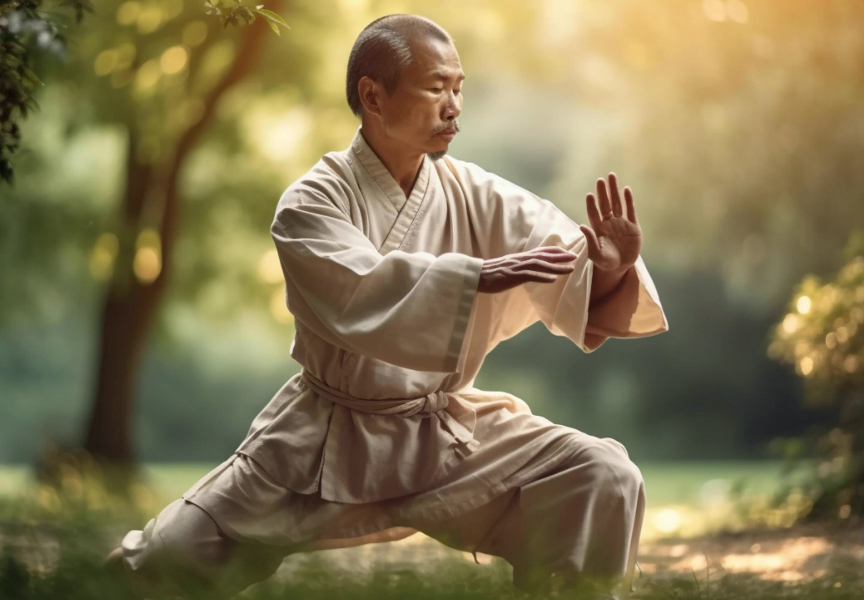Random Free Articles
- Expecting the Unexpected in a Martial Art

Martial arts have a rich history of teaching discipline, self-defense, and physical fitness. These arts come in various forms, each with its unique techniques, philosophies, and principles. One fundamental aspect that martial artists are continually taught is to expect the unexpected. This core principle not only enhances one's effectiveness in self-defense but also extends to various aspects of life. In this article, we will explore the…
- The Role of Belts in Kung Fu

Kung Fu, a traditional Chinese martial art, is not only a physical discipline but also a way of life that encompasses philosophy, self-discipline, and spiritual development. Within the realm of Kung Fu, belts play a significant role in symbolizing a practitioner's level of skill, dedication, and understanding of the art. In this article, we will explore the history, meaning, and importance of belts in Kung Fu. Historical Context The…
- Chinese Kung Fu Weapons

A Storied Legacy of Martial Mastery Chinese martial arts, with their rich history and diverse forms, have captivated enthusiasts around the world. Among the many facets of this ancient tradition, the array of weapons used in Chinese Kung Fu stands out as a testament to the art's depth and complexity. These weapons can be broadly categorized into long weapons, short weapons, and concealed weapons, each with its unique characteristics and…
- Lotus Flower of Enlightement

Throughout human history, symbols have played a pivotal role in conveying messages of universal significance. They serve as vessels for the abstract ideas and ideologies of particular societies, often requiring an understanding of the culture from which they originate. These symbols possess a unique ability to communicate profound meanings, inviting personal interpretation without the need for lengthy written explanations. In the context of…
- Lack of Martial Arts Masters

In the golden era of martial arts, masters were revered figures, embodying not just physical prowess but a deep understanding of philosophy, discipline, and tradition. However, as we advance into the 21st century, the number of genuine martial arts masters seems to be dwindling. What could be contributing to this decline? Commercialization of Martial Arts One of the most significant factors is the commercialization of martial arts. With the…

